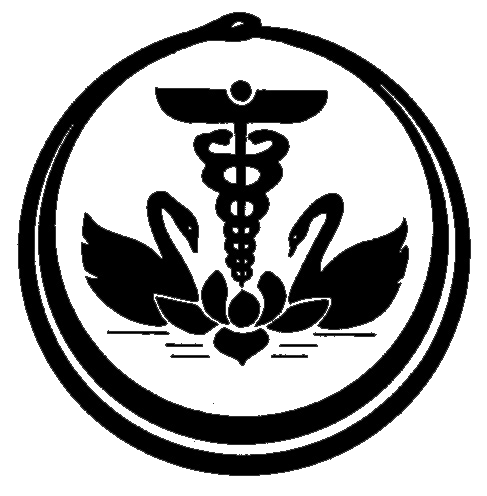Excerpt from “Beyond Biofeedback” by Elmer & Alyce Green, Chapter II: Self-regulation: East and West
Part 3 After concluding the laboratory work on Sunday, Alyce and I invited Dr. Ferguson and the Swami to dinner with us at a local smorgasbord place. While chatting about yogic methods for self-regulation, the Swami surprised us by saying, “I am sorry I didn’t stop my...
Healing with Dignity: How the SRHU’s TB Elimination Program is Bringing Hope to TB Patients
RDI update link: Healing with Dignity: How the SRHU’s TB Elimination Program is Bringing Hope to TB Patients
The Inherent Healing Force
continued from last issue . . . LYCOPODIUM The third member of the triad, Lycopodium, is predominantly syphilitic in nature but also includes subtle characteristics of the other miasms. Prominent syphilitic traits of Lycopodium are as follows: The patient is chilly...
Excerpt from “Beyond Biofeedback” by Elmer & Alyce Green, Chapter II: Self-regulation: East and West
Part 2 We continued talking for a few minutes. Suddenly the Swami said, “Be attentive, I will do something.” Caught by surprise, I said over the intercom, “Be attentive.” I could not think of anything else to say and did not know what he was going to do. The record...
SANKALP Workshop: A human-centered leap toward safer beginnings for every newborn
Link to RDI Update: SANKALP Workshop: A human-centered leap toward safer beginnings for every newborn
The Inherent Healing Force
continued from last issue . . . CALCAREA CARBONICUM Though Calcarea carb is generally thought of as an anti-sycotic remedy, it is similar to Sulphur in that it comprises characteristics of all the miasms. It is particularly useful in the tubercular diathesis because...
Doshas
Part 2 Pitta Pitta is derived from the word Tap which means heat. It is the force that transforms all biotransformation’s. It is responsible for digestion, metabolism and other transformations in the body. It is also responsible for the complexion, lustre, intellect...
Excerpt from “Beyond Biofeedback” by Elmer & Alyce Green, Chapter II: ‘Self-regulation: East and West
Part 1 As already noted, Alyce and Dale Walters and I began research in self-regulation of autonomic processes in the mid-1960s. Through a publication of the Menninger Foundation, which is sent to psychiatric alumni, our voluntary controls program came to the...
Namami Gange: Measuring the Impact of STPs on Communities and Ecology
RDI update link: Namami Gange: Measuring the Impact of STPs on Communities and Ecology
Doshas
Ayus, or life, is the harmonious union of the body (Sareera), senses (Indriyas), and mind. Whenever there is any imbalance to this union diseases are caused or even death. Sareera, or the body, refers to what decays. Our body is always undergoing transformation. These...
